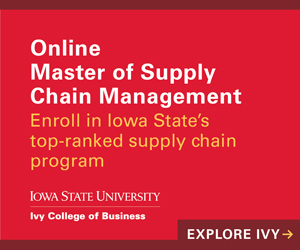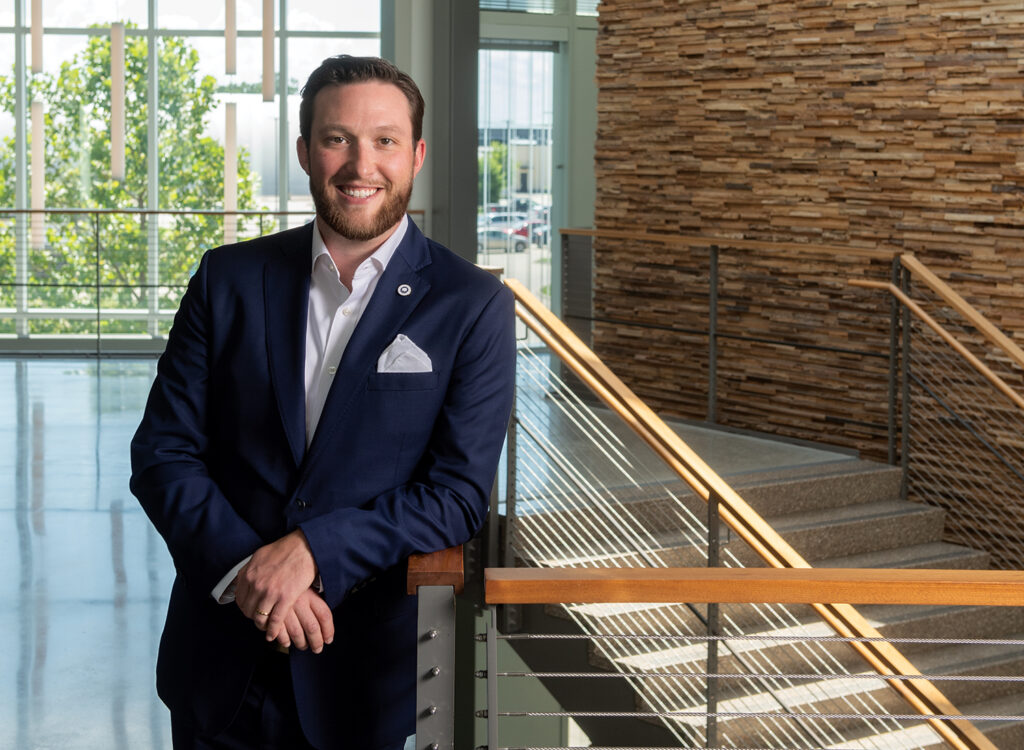A shrinking inventory
Iowa is shedding bank titles and the trend is likely to continue

KENT DARR Oct 4, 2018 | 1:07 pm
7 min read time
1,634 wordsBanking and Finance, Business Record InsiderBuyers and sellers are afoot in the state banking industry, and all of that potential merger and acquisition carrying on is not likely to slow anytime soon.
Greater Des Moines bankers say they are seeing more offers to buy and sell than they can recall from any other time. And though some sentimental souls bemoan the loss of banking names, the results of consolidation have been positive for the industry.
Kurt Gibson, president and CEO of Community State Bank in Ankeny, said the acquisition completed last year by QCR Holdings Inc. of Moline, Ill., has been good for the bank and will continue to show benefits.
Community State Bank has been an active lender in real estate development for years. The merger has allowed it to continue that tradition and flush out a more general commercial lending program. Earlier this year, longtime Greater Des Moines banker Kim Butler Hegedus joined Community State Bank as senior vice president of commercial lending.
“She has tremendous market knowledge,” said Gibson, who joined Community State Bank as president after the merger was completed and was recently named CEO.
“We’re going to continue to support what built the bank, but we will have a real focus on expanding our [commercial and industrial] business throughout Central Iowa, which is a mighty good business to be in because it’s relationship banking,” he said.
In time, Gibson would like to add a wealth management division.
Community State Bank was a fairly big target. Going into the merger in March 2016, the bank had $595 million in assets, $421 million in loans and $482 million in deposits. The $80 million deal closed in August 2016, and since that time loans alone have grown nearly 20 percent and assets are above $700 million, Gibson pointed out.
“The value that I believe the seller saw was that QCR Holdings’ model is to let its banks keep their own charters and maintain local control with their own management board that provides oversight and governance,” Gibson said. “We can can leverage the [larger] organization for size, capacity, operations and access to capital.
“So from my perspective, it’s a model that represents the best of both worlds; we make decisions close to the customer with the infrastructure that a large regional bank provides.”
And it’s a model that QCR Holdings keeps repeating. In October 2017, it completed the acquisition of Guaranty Bank & Trust Co., which then merged with its Cedar Rapids Bank & Trust in December 2017. This year QCR Holdings acquired with Springfield Bancshares, the holding company of SFC Bank of Springfield, Mo.
A shrinking community
Though there were 100 fewer banks operating in the state as of June 30, the most recent date for which data are available, than at the start of the recession in the spring of 2008, they employ more people, report higher asset levels and are lending in tune with the recovery.
Banks are prime targets because they have cleared most of the problem loans that accumulated during the recession. For small operations, a sale could be the key to survival.
A large acquirer can supply the back-of-house functions that are a drain on revenues for small operations; they don’t have to hire compliance officers, for example, to make sure the bank operates with the blessings of state and federal regulators.
“That’s an investment you don’t have to make,” Gibson said. “I don’t know where Community State was before, but if it was like most community banks, it wouldn’t have been prepared to deal with everything that Dodd-Frank [Wall Street Reform and Consumer Protection Act] threw at them with the extra regulatory scrutiny.”
Just as important, a large operation can supply tech-savvy employees who are the key to secure online banking and new programs that appeal to a generation that wants to do its banking on the go with mobile device in hand.
“When you think of being able to support a company in all their financial dreams and have the resources from a lending capacity standpoint and a technology standpoint that the company provides, it’s a powerful partnership,” Gibson said.
A large acquirer can be the key to growth in deposits and loans; it can provide capital for expansion. In some cases, acquisitions provide entry into growing markets such as Greater Des Moines and the Iowa City to Cedar Rapids corridor. For some, the surprise is that it has taken a decade since the recession for the merger and acquisition bug to bite.
“I thought it would happen sooner,” said Eric Lohmeier, president of investment banking and merger and acquisition firm NCP Inc. in Des Moines. He said it has taken longer than expected for some operations to wipe recession-induced chaos from their books.
“It took almost 10 years since the recession to get the balance sheets cleaned up from both buyer and seller standpoints, as well as to trust anyone else’s asset book,” Lohmeier said. “You are there today in a big way.”
He expects several deals to surface in the next few months.
For the present, there is plenty of evidence that the merger and acquisition bug is contagious.
In late August, Iowa City-based MidWestOne said it planned to acquire Dubuque-based ATBancorp in a $170 million deal. ATBancorp is the parent of American Trust and Savings Bank, which has two operations in Greater Des Moines.
In September, Elkader-based Central State Bank and its holding company, AJJ Bancorp, said they planned to acquire Swisher Bancshares and its subsidiary, Swisher Trust & Savings Bank, to deepen their roots in the Iowa City to Cedar Rapids corridor. Central State Bank is a $275 million operation with seven locations, while Swisher Trust & Savings Bank has one location and nearly $52 million in assets.
Closer to Greater Des Moines, First National Bank in Ames filed documents in May to blend Clarke County State Bank of Osceola into its operations.
Other announced mergers include Community Bank in Nevada into Availa Bank in Carroll and Farmers Savings Bank of Victor into Keystone Savings Bank of Marengo.
A snapshot
The number of state-chartered banks dropped to 275 at the end of the second quarter on June 30, a dramatic drop from 325 for the same period in 2008.
The composition of those lenders also changed over the decade. In 2008, the majority of state-chartered banks — 189 — reported assets of less than $100 million. At the end of June, that number dropped to 91, with 184 banks reporting assets of more than $100 million.
Total full-time employment increased to 13,295 from 10,410 over that period, loans totaled $55.7 billion compared with $30.6 billion, deposits grew to $62 billion from $34 billion, profits rose to $490 million from $228 million, and total assets increased to $76 billion from $43 billion.
According to Bank Street Partners LLP, more mergers occurred in the Midwest over the year ended Sept. 7 than in any other region of the country, accounting for 115 of the 262 transactions nationally. Those Midwest deals had a total value of $8.6 billion and an average price tag of $152 million, ranging from a low of $200,000 to a high of $4.6 billion.
Lohmeier said a key to the merger and acquisition activity is that buyers and sellers have had a meeting of the minds over prices. According to Bank Street Partners, the median sale price in the Midwest was 159 percent of tangible book value. With the exception of transactions in the Mid-Atlantic states, that is the lowest ratio in the country. By another measure, prices were at 19 times earnings, the lowest rate in the country.
“Multiples to book and buyers’ liquidity is driving the activity as much as anything,” Lohmeier said, “with one-and-one-half times book for a so-so deal and two times for something really quality.”
Too many banks?
Can too many banks be such a bad thing in a rural state? Brett Peterson, senior vice president at NCP, thinks so.
“There are too many banks in Iowa, and the competitiveness is causing them to take outsized risks and/or sacrifice interest income [via lower interest rate loans], which has worked for the last eight years, but may be more challenging going forward in a rising interest rate environment,” he said.
Though community banks are getting some relief from regulators, not to mention a big benefit from changes in tax laws, Lohmeier and Peterson said there is increasing pressure on banks focused on ag loans.
“The rural banks in Iowa and the Midwest that were heavily insulated from the last recession are taking their lumps now with the strain in the ag community,” Peterson said. “It is likely there will be another leg down in agriculture — this is year three or four on the ‘roll over’ operating loans for farmers … and the banks’ outside regulators are pushing them to force the farmers to come up with equity or sell their land. This will put a lot of pressure on ag land prices and likely push them down in a big way we haven’t seen since the commodity prices started to fall in 2013.”
Lohmeier sees another issue: The inevitability of technology and a shrinking rural population are forcing consolidation.
“It is not due to the fact that ‘the local bank branch’ is leaving Main Street,” he said. “It is due to the automation and mechanization of farming and the related manufacturing base — on a macro basis, this means less aggregate demand for labor, side by side with the continued concentration in the ownership of assets [farms, equipment, etc.] in fewer hands.
“Day-to-day banking has become virtually like so much else in this world, and with larger ‘scale’ borrowers, there is little room for a small-town banking charter in the very near future; everything kind of consolidates in tandem.”









